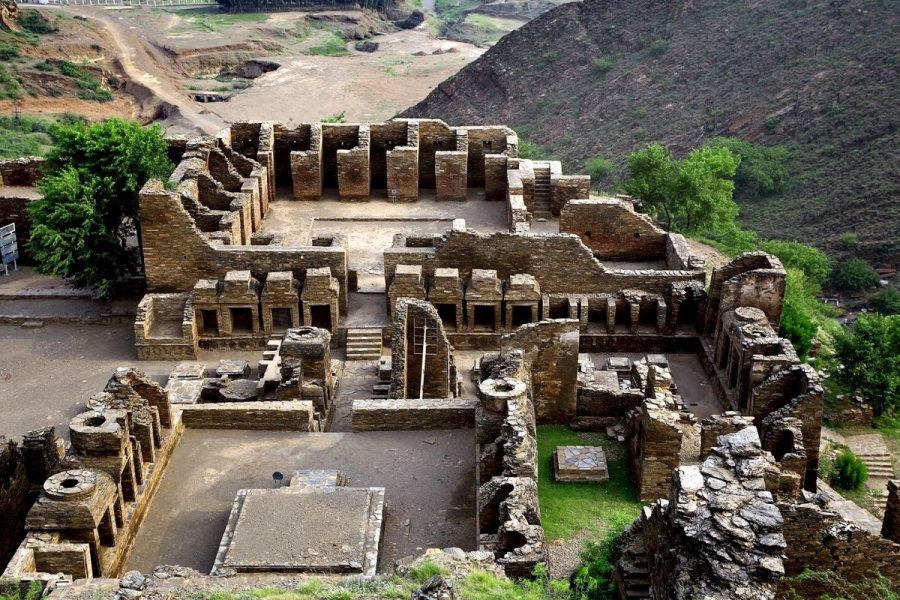A treasure trove of Buddhist heritage is nestled amidst Pakistan’s majestic mountains and ancient valleys. Once a flourishing center of Buddhist learning and culture, the region boasts many archaeological sites, monasteries, and stupas that offer a glimpse into Buddhism’s rich history and spiritual significance. If you’re eager to embark on a profound journey to explore these sacred sites, consider joining our transformative Buddhist Pilgrimage Tour Pakistan.
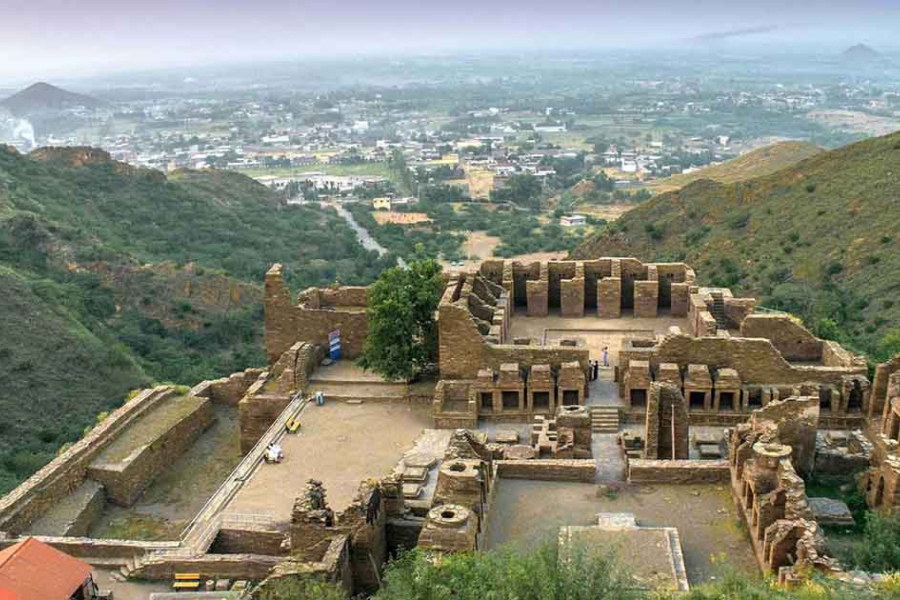
FAQS:
1. What is an important Buddhist pilgrimage?
There are four main sites considered the most important Buddhist pilgrimage destinations:
- Lumbini, Nepal: The birthplace of the Buddha, Siddhartha Gautama.
- Bodh Gaya, India: The place where the Buddha is believed to have attained enlightenment.
- Sarnath, India: The site where the Buddha delivered his first sermon after enlightenment.
- Kushinagar, India: The place where the Buddha is said to have entered parinirvana (final death).
These sites hold immense spiritual significance for Buddhists and attract countless pilgrims each year.
2. What are the famous Buddhist temples in Pakistan?
While Buddhism is no longer a major religion in Pakistan, it once flourished in the Gandhara region. Several significant Buddhist temples remain, including:
- Dharmarajika Stupa and Monastery: A UNESCO World Heritage Site dating back to the 3rd century BC.
- Shingardar Stupa: An imposing stupa located in the Swat Valley.
- Butkara Stupa: Adorned with intricate carvings and sculptures, showcasing Gandharan art.
- Nimogram Stupa: Another testament to the Gandharan style of Buddhist art.
- Jandial Temple: A well-preserved temple complex offering a glimpse into monastic life.
- Jaulian Monastery: Located near Taxila, with remains of stupas and meditation halls.
These are just a few of the many remarkable Buddhist temples scattered throughout Pakistan.
3. Where is the place of pilgrimage for Buddhism?
The answer depends on what specific pilgrimage you’re referring to. The four pilgrimage sites mentioned earlier hold the highest importance for Buddhists. However, other significant pilgrimage destinations exist depending on the specific school of Buddhism and individual preferences.
4. What is the biggest Buddhist pilgrimage?
The Wesak Festival is the most significant Buddhist pilgrimage in size and number of participants. Celebrated around the world, millions of Buddhists commemorate the birth, enlightenment, and parinirvana of the Buddha. While not confined to a single location, the sheer scale of the celebration across various countries makes it the most significant Buddhist pilgrimage event.
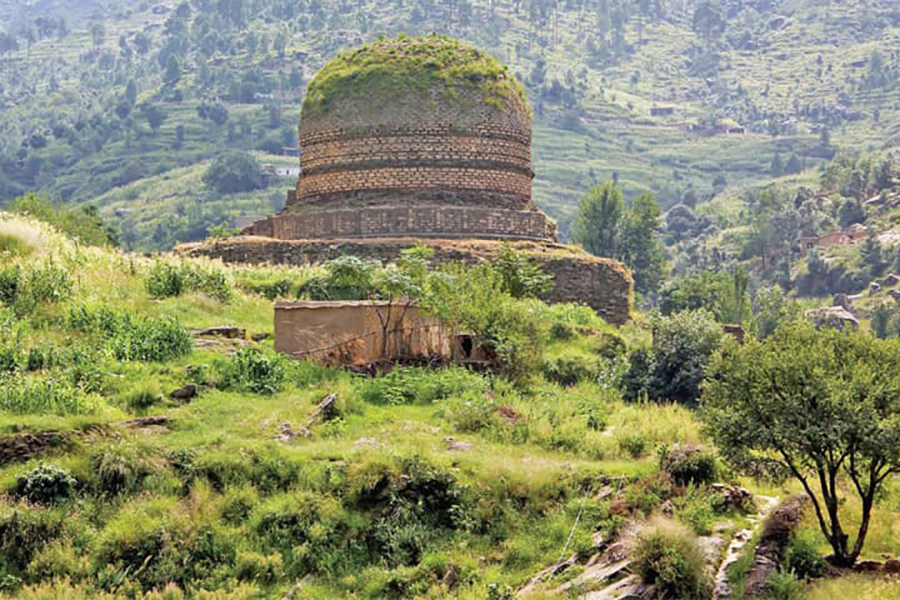
Tracing the Footsteps of the Buddha:
The Buddhist pilgrimage heritage in Pakistan can be traced back to the 3rd century BC when Buddhism found fertile ground in the Gandhara region, encompassing present-day Pakistan and Afghanistan. Emperor Ashoka, a genuine follower of Buddhism, played a pivotal role in its expansion, building numerous stupas and monasteries across the region.
A Tapestry of Ancient Sites:
Today, Pakistan offers an unparalleled opportunity to delve into the heart of this ancient civilization. The journey starts in the breathtaking Swat Valley, home to the iconic Shingardar Stupa, an imposing structure dating back to the 2nd century CE. Further exploration leads to the Butkara Stupa, adorned with intricate carvings and sculptures, and the Nimogram Stupa, a testament to the Gandharan art style.
Beyond Swat, the historic city of Taxila, once a renowned learning centre, unveils its Buddhist treasures. The Dharmarajika Stupa, a UNESCO World Heritage Site, stands tall as a symbol of the region’s Buddhist legacy. The Jandial Temple and the Jaulian Monastery offer further insights into the monastic life of the era.
From Taxila to Takht-i-Bahi:
Continuing the journey, we encounter the awe-inspiring Takht-i-Bahi, a monastic complex perched atop a hilltop. Its intricate architecture, caves, and stupas offer a glimpse into the lives of Buddhist monks who resided here centuries ago. Close to Takht-i-Bahi lies the Sirkap, an ancient city that flourished during the Gandharan period. Here, visitors can witness the remains of stupas, monasteries, and temples, offering a comprehensive understanding of Buddhist urban life.
Beyond the Brick and Mortar:

The Buddhist pilgrimage heritage in Pakistan is not merely confined to physical structures. It is also woven into the very fabric of the local culture and traditions. The people’s warmth and hospitality, reverence for sacred sites, and vibrant celebrations held throughout the year all testify to Buddhism’s enduring legacy in this land.
Exploring the Indus Valley and Beyond:
Moving beyond the Gandhara region, the Indus Valley reveals its unique Buddhist heritage. In the city of Multan, the Multan Stupa, dating back to the 2nd century BCE, is a testament to the ancient Buddhist presence in the region. Further south, the Miran Shah Stupa and the Khair Kot Stupa in Balochistan offer further evidence of Buddhism’s widespread influence.
Mesmerizing Sculptures and Art:
The Buddhist pilgrimage heritage in Pakistan is not just about brick and mortar; it’s also about the exquisite art and sculptures that have captivated audiences for centuries. The Gandhara region, in particular, was a hub of artistic expression. Its influence is evident in the delicately carved stupas, the lifelike statues of Buddha and Bodhisattvas, and the intricate friezes depicting scenes from the Buddha’s life.
A Cultural Tapestry:
The Buddhist pilgrimage experience in Pakistan extends beyond the archaeological sites. It extends to the vibrant cultural tapestry of the region. Traditional music and dance performances, often interwoven with Buddhist themes, offer a unique insight into the local customs and traditions. Additionally, numerous festivals and celebrations throughout the year provide opportunities for visitors to immerse themselves in the region’s rich cultural heritage.
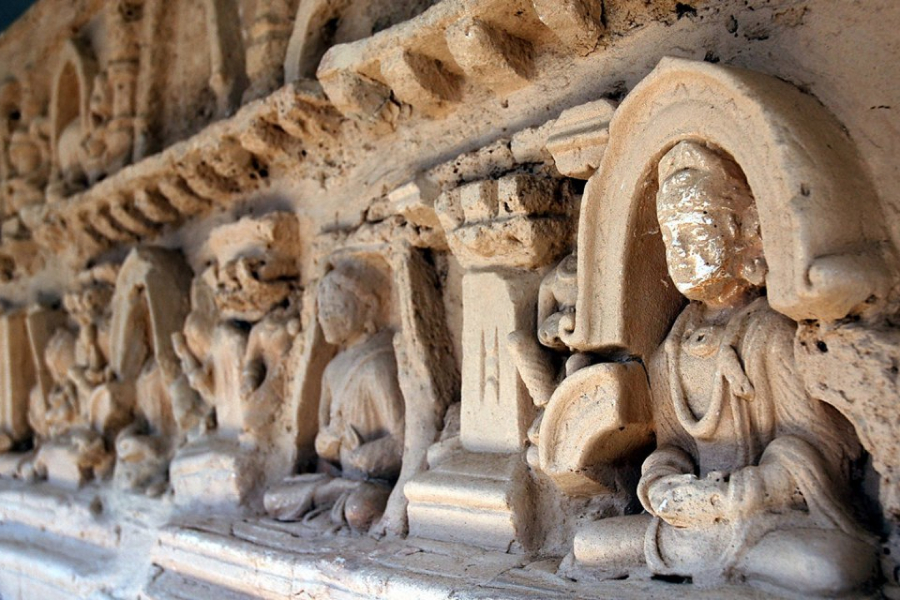
The Legacy of Gandhara Art:
The Gandhara art style, a unique fusion of Greek and Indian influences, is a defining characteristic of the Buddhist heritage in Pakistan. This artistic style is evident in the sculptures, friezes, and other artefacts throughout the region and continues to inspire artists and scholars today.
A Journey of Self-Discovery:
Embarking on a Buddhist pilgrimage in Pakistan is not just a historical or cultural exploration; it is also a journey of self-discovery. The peaceful atmosphere of the ancient sites, the wisdom embedded in the Buddha’s teachings, and the local people’s warm hospitality create an environment conducive to introspection and spiritual growth.
Modern Developments and Ongoing Preservation Efforts:
The Government of Pakistan has recognized the importance of its rich Buddhist heritage and has undertaken significant efforts to protect and preserve it. Archaeological surveys and excavations are ongoing, and several sites have been declared UNESCO World Heritage Sites, ensuring their long-term preservation. Additionally, museums across the country house a vast collection of Buddhist artefacts, allowing visitors to explore this heritage beyond the physical sites.
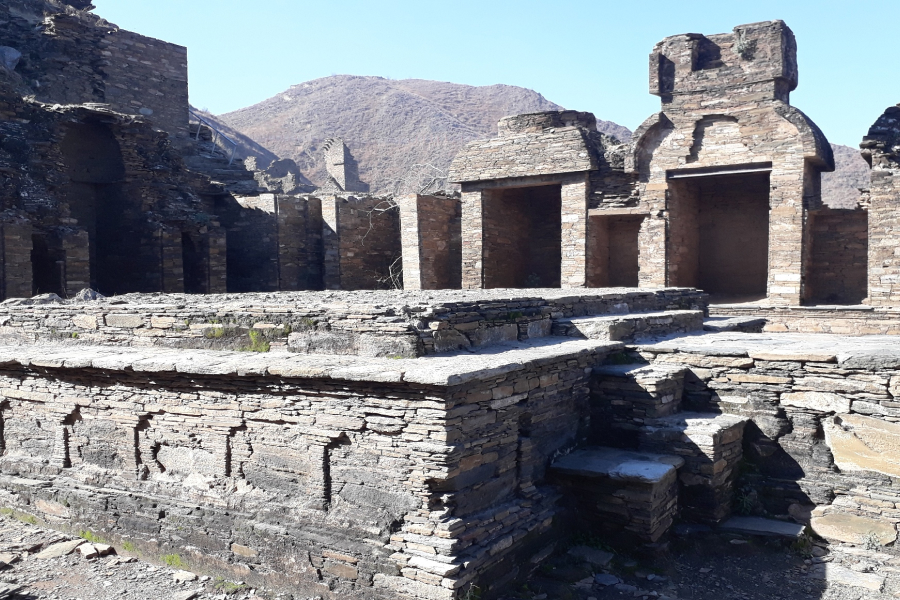
Promoting Cultural Tourism:
In recent years, there has been a growing interest in Buddhist pilgrimage tourism in Pakistan. Several tour operators now offer specialized packages that allow travellers to visit key sites and experience the unique culture and traditions of the region. This increased interest has not only contributed to the local economy. Still, it has also raised awareness about preserving this irreplaceable heritage.
Challenges and Opportunities:
Despite the efforts made by the government and local communities, the Buddhist pilgrimage heritage in Pakistan faces several challenges. Security concerns, lack of infrastructure in remote areas, and illegal excavations threaten preserving these precious sites. However, these challenges also present opportunities for collaboration and development. International organizations, NGOs, and private entities can work with the government to implement sustainable tourism practices, improve infrastructure, and enhance security measures.
A Message of Peace and Harmony:
The Buddhist pilgrimage heritage in Pakistan is not just a relic of the past; it is a living legacy that continues to inspire and guide people today. Buddhism’s teachings of peace, compassion, and tolerance are more relevant than ever in our contemporary world. By visiting these historical sites and engaging with the local communities, travellers can better understand this ancient wisdom and its potential to contribute to a more peaceful and harmonious future.
Conclusion:
Pakistan’s Buddhist pilgrimage heritage offers a unique opportunity to delve into the heart of an ancient civilization, immerse oneself in vibrant cultural traditions, and explore timeless spiritual teachings. As efforts to preserve and promote this heritage continue, Pakistan is poised to become a leading destination for Buddhist pilgrimage tourism, offering travellers an enriching and transformative experience.
Book Your Journey:
Embark on a transformative journey through time with Jasmine Tours‘ Buddhist Pilgrimage Tour Pakistan. Explore ancient ruins, serene monasteries, and majestic stupas, remnants of a glorious past when Buddhism flourished in this land. Witness exquisite Gandharan art, walk in the footsteps of the Buddha, and immerse yourself in the rich cultural heritage of Pakistan. This tour is more than just sightseeing; it’s a chance to connect with the peace and wisdom of Buddhist teachings and discover the beauty of Pakistan’s ancient treasures. Join us on this unforgettable pilgrimage and let Jasmine Tours guide you on a path of spiritual enlightenment. Check the Buddhist Sites in Pakistan.

